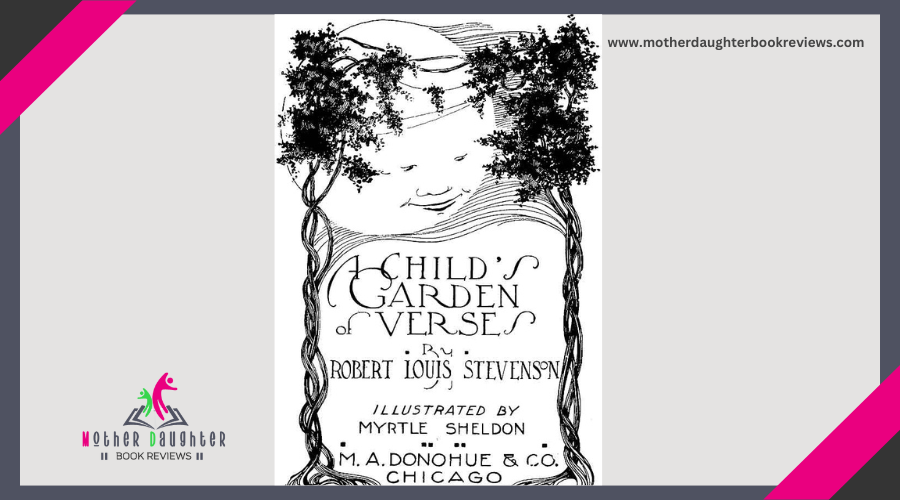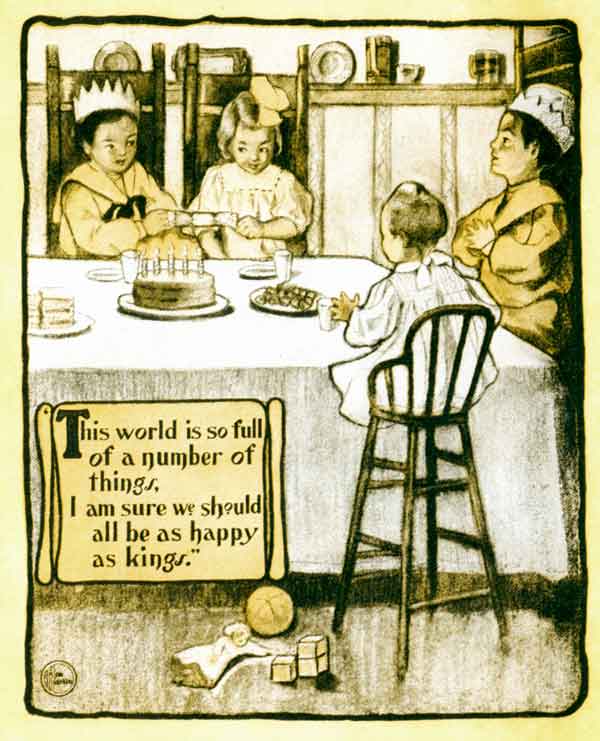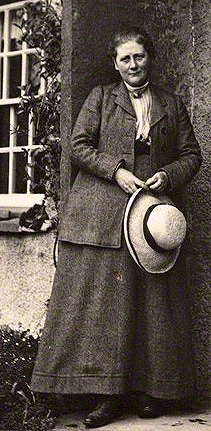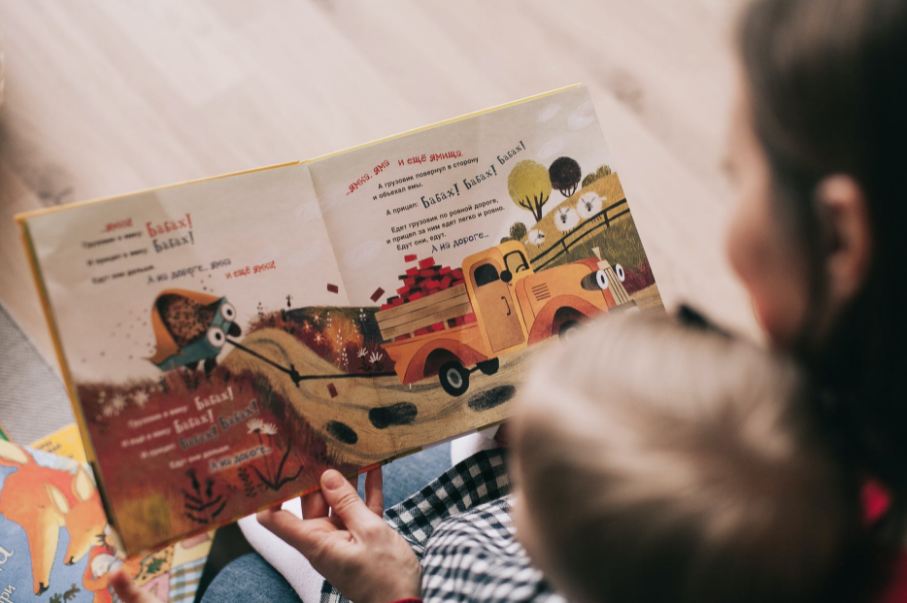A Collection of Poems for Children in A Child's Garden of Verses

In "A Child's Garden of Verses" by Robert Louis Stevenson, you'll find poems that capture the magic of childhood through vivid imagination and simple joys. Works like "The Land of Nod," "My Shadow," and "The Swing" invite you into a world where everyday moments become adventures. Stevenson's use of nature and playful imagery evokes nostalgia and wonder, making each poem feel both relatable and timeless.
The Poet Behind the Verses
Behind every enchanting poem for children is a poet whose imagination and creativity bring words to life. When you immerse yourself in "A Child's Garden of Verses," you're stepping into the world crafted by Robert Louis Stevenson. To truly appreciate his work, it's enriching to investigate some biographical insights and understand the poetic influences that shaped his writing.
Born in Edinburgh, Stevenson was often confined to bed due to poor health, which fueled his vivid imagination. His experiences as a sickly child profoundly influenced his poetry, allowing him to create verses that resonate deeply with young readers. You can see how his early life, filled with storytelling and daydreaming, permeates his work.
Stevenson's poetic influences include the lyrical and narrative styles of Romantic poets like Wordsworth and Coleridge. Their focus on nature and childhood innocence is evident in his own verses. By blending these influences with his unique perspective, Stevenson crafted poems that capture the essence of a child's world.
Understanding these biographical insights and poetic influences makes Stevenson's poems even more magical. You see not just the words, but the life and inspiration behind them, bringing each verse to vivid life.
Themes of Childhood Wonder
Stevenson's poems effortlessly capture the themes of childhood wonder, drawing readers into a domain brimming with imagination and exploration. You find yourself transported to a time when the smallest details sparked endless curiosity and joy. Through his verses, you can sense the powerful role of imagination, transforming simple surroundings into magical territories. A stick becomes a mighty sword, a backyard transforms into an uncharted wilderness, and a rainy day turns into an ocean adventure.
Nature's beauty also plays a significant role in these poems, vividly illustrating the connection between children and the natural world. Stevenson's words paint pictures of sunlit gardens, whispering trees, and serene landscapes that seem almost tangible. You can feel the thrill of uncovering a hidden path or the soothing calm of lying in the grass, staring at the sky.
View this post on Instagram
Notable Poems
"A Child's Garden of Verses" by Robert Louis Stevenson offers a bounty of poetic inspiration that stirs deep feelings of childhood nostalgia. Each poem captures the innocence and imagination of youth, creating a timeless appeal.
Consider these three notable poems:
- "The Land of Nod": This poem vividly transports you to a dreamlike universe where anything is possible. It perfectly encapsulates the boundless imagination of children as they drift off to sleep, exploring domains of adventure and mystery.
- "My Shadow": Here, Stevenson captures the curious observations of a child about their own shadow. The playful tone and simple language effectively evoke a sense of wonder and exploration that resonates with both children and adults, making you reflect on your own youthful ponderings.
- "The Swing": This poem celebrates the simple joy of swinging. Its rhythmic cadence and joyous imagery remind you of the pure delight found in everyday activities, inspiring a sense of freedom and exhilaration.
These poems not only bring back fond memories but also ignite a spark of creativity and wonder in readers of all generations.
Illustrations and Imagery
When diving into "A Child's Garden of Verses," the illustrations and imagery play a fundamental role in bringing the poems to life. As you turn each page, you're instantly transported into a world brimming with vivid imagery and playful illustrations that perfectly complement the poetic verses. These visual elements amplify the themes and emotions, making the experience more engaging for young readers.
You can't help but notice how the playful illustrations capture the innocence and wonder in each poem. Regardless of it being a child sailing a makeshift boat or exploring an imaginary land, the pictures add a layer of magic that words alone might not convey. The vivid imagery in the poems themselves is improved by these delightful visuals, making every adventure feel more real and tangible.
Moreover, the synergy between the text and illustrations allows you to engage more deeply with the content. The colors, shapes, and characters in the drawings stimulate your imagination, while the poetic lines guide your thoughts and emotions. This harmonious blend guarantees that each poem is not just read but experienced, leaving lasting impressions that resonate long after you've closed the book.

Conclusion
The poems in this collection have an uncanny ability to resonate with both children and adults, making them a staple in households for over a century. Their universal themes and relatable experiences guarantee that these verses remain relevant, no matter how much the world changes.
- Universal Themes: The poems investigate themes like nature, imagination, and innocence that everyone can relate to.
- Relatable Experiences: From bedtime routines to playing in the garden, the verses capture moments that mirror your own childhood memories.
- Timeless Language: Stevenson's use of language is simple yet evocative, making the poems easy to understand but rich in meaning.
You might find yourself sharing these poems with your own children, passing down the joy and wonder you felt when you initially encountered them. In doing so, you contribute to the ongoing legacy of this cherished collection.




